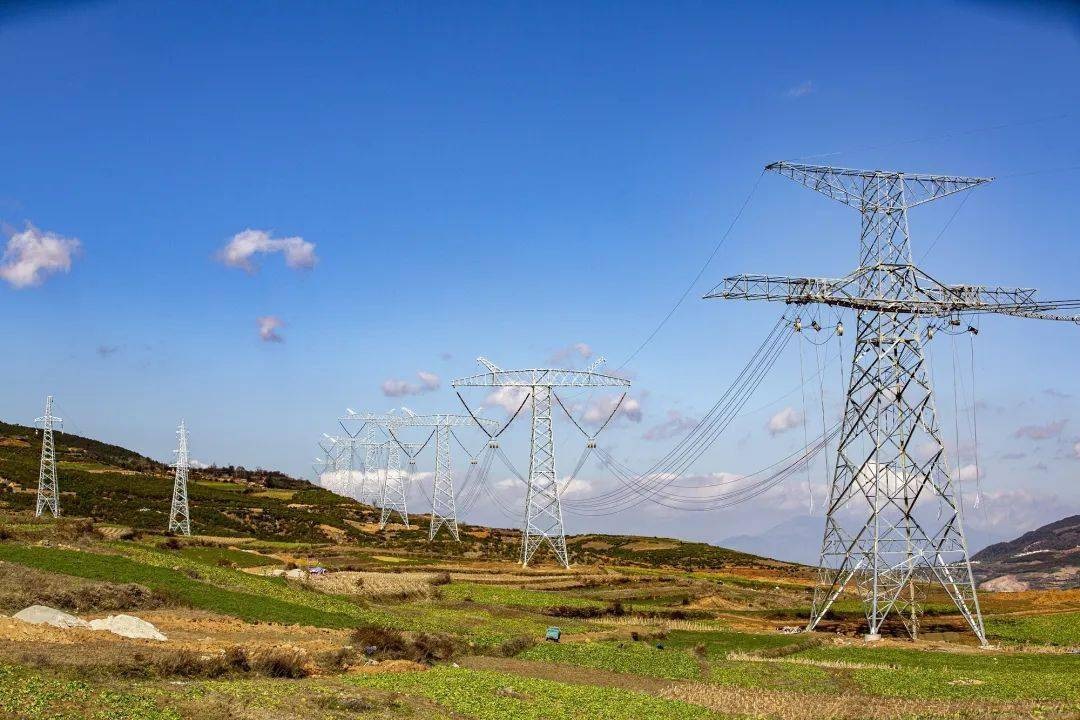
This month, tensions between China and the United States over trade have intensified once again, with tariff disputes reaching a boiling point. On April 9, the U.S. government announced an increase in tariffs on Chinese imports from 34% to 125%. China swiftly retaliated, imposing tariffs of 84% on U.S.-origin goods starting April 10. Dubbed the "Quadruple Jump" tariff war, this confrontation has not only severely damaged bilateral trade relations but also triggered profound disruptions to the global economic order.
Since February 2025, the U.S. has launched three rounds of tariff hikes against China, cumulatively raising rates to 104%, with the latest April move pushing the figure to 125%. Washington claims the measures aim to "balance trade deficits," but the rationale behind this policy faces widespread skepticism. Data show that the U.S. trade deficit with China as a share of its total goods deficit has dropped from 48% in 2018 to 22% in 2024, while its global deficit continues to expand. This reveals that structural U.S. economic issues—such as low savings rates and industrial hollowing-out—are the root causes of trade imbalances. Tariffs not only fail to address these problems but also inflate corporate costs and consumer burdens. In response, China has adopted a dual strategy of "precision countermeasures" and "institutional reform." On one front, it has expanded tariffs to cover all U.S. imports while leveraging rare earth export controls and collaborating with the EU to promote the Cross-Border Interbank Payment System (CIPS) to counter U.S. dominance in critical technologies. Simultaneously, China released a white paper titled China’s Position on Sino-US Economic and Trade Issues, systematically refuting unilateral U.S. actions and advocating for multilateral solutions under the WTO framework. This blend of "hard resistance" and "soft rule-making" safeguards national interests while positioning China as a defender of international norms.
The U.S. attempt to reconfigure supply chains through steep tariffs has backfired. With 31% of global intermediate goods trade reliant on China, American firms are forced to reroute procurement through third countries like Mexico and Vietnam, driving up supply chain costs by 15–20%. For instance, 60% of intermediate goods in Mexico’s exports to the U.S. originate from China, forming a "China-manufactured, Mexico-assembled, U.S.-sold" triangular chain. Tariff barriers, rather than shielding U.S. industries, have compounded operational challenges for American businesses. More critically, higher tariffs have directly fueled inflationary pressures. Estimates suggest U.S. consumers now pay an extra 2,300annuallyduetotariffs,withcoreinflationprojectedtoriseby1.5–2percentagepoints,potentiallyincreasinghouseholdexpensesby2,300annuallyduetotariffs,withcoreinflationprojectedtoriseby1.5–2percentagepoints,potentiallyincreasinghouseholdexpensesby3,800–$5,000 per year. Companies like Tesla and Delta Air Lines have already warned of growth stagnation and layoffs, while the U.S. manufacturing PMI fell below 50 in March, signaling heightened risks of an economic "hard landing." Analysts at Guojin Securities warn that U.S. stagflation risks have entered a "resonance phase," meaning even a tariff truce may not avert a looming recession. By contrast, China has demonstrated resilience through robust domestic demand and industrial upgrades. In 2024, China’s retail sales surpassed 50 trillion yuan, with services accounting for 46% of consumption. Domestic demand contributed 79% to economic growth. On the supply side, China has accelerated the phasing out of outdated capacities in traditional sectors like steel and cement while fostering breakthroughs in new energy vehicles and solar power through a hybrid model of market efficiency and government guidance. By Q1 2025, Chinese EVs already claimed 60% of the global market. Advances in domestic substitution for critical materials like quartz sand and carbon fiber further reduce external dependencies.
The Sino-U.S. tariff conflict has transcended bilateral boundaries, becoming a watershed moment for global governance. In the short term, the WTO warns that prolonged tensions could slash global economic output by 0.8% in 2025—a shock comparable to the Great Depression of the 1930s. Yet two irreversible trends are emerging in the long run: First, supply chains are decoupling from U.S. dominance, with ASEAN and Mexico emerging as new hubs. Trade within the RCEP bloc now accounts for 37% of global activity, while the dollar’s share in global settlements has dropped from 60% to 48%. Second, rule-setting rivalry is intensifying, with China spearheading new frameworks for digital trade and green tariffs, even as U.S. alliances fracture—the EU, for example, has imposed 25% retaliatory tariffs on American goods. Historical precedent shows that unilateral "wall-building" ultimately backfires. If the U.S. persists in weaponizing tariffs, it risks a 1.2% GDP contraction, a $2 trillion stock market wipeout, and the accelerated erosion of its hegemonic legitimacy. Meanwhile, China’s Belt and Road Initiative deepens South-South cooperation, while breakthroughs in semiconductor self-sufficiency (rising from 15% to 35%) underscore strategic resolve.
As WTO Director-General Ngozi Okonjo-Iweala noted, "Trade is not war—it is a dialogue of civilizations." Only by abandoning zero-sum mentalities and forging consensus on rules for digital trade and green economies can China and the U.S. prevent the global economy from plunging into "hard decoupling." A combination of short-term "circuit breakers" and long-term institutional reforms may offer a viable path forward. At its core, this contest reflects a struggle over global governance leadership. America’s anxiety stems from the rise of new powers, while China’s countermeasures assert its commitment to multilateralism. In this no-win confrontation, the side that embraces openness and innovation will shape the next wave of globalization. For the world, cooperation remains the only sustainable choice.

報告顯示,中國電力投資加速增長,預計2024年電網基建投資將超過5300億元。
近日,市場迎來了一則引人注目的消息:工業巨頭3M公司(MMM.N)在本周五公布了其季度業績報告,隨後股價飆升至近兩年來的
最近,外媒給OpenAI算了筆賬,今年可能要血虧50億美元。
近日,巴黎奧運會和世界鐵人三項協會聯合發布了一項重大決定,宣布因塞納河水質污染問題,原定於近期進行的奧運會鐵人三項首次下
當地時間7月18日,法國巴黎發生了一起令人震驚的持刀襲警事件。
近期,一則重大消息在國際舞臺上引起軒然大波,馬來西亞宣布加入金磚國家。
調查發現,互聯網和智能手機的使用幹擾了韓國近五分之一學生的生活。